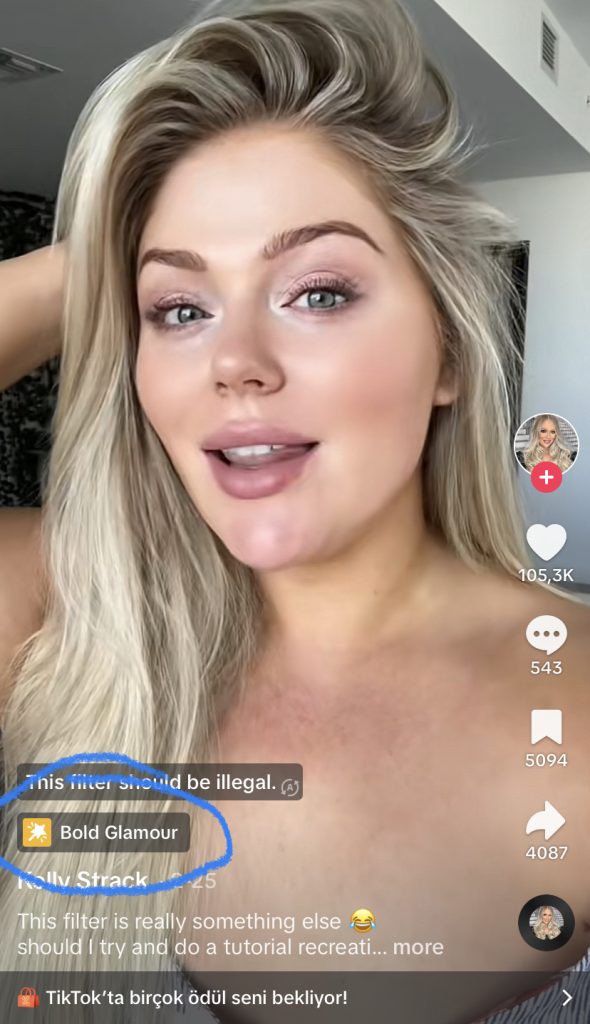A common conception of social media is that it is fake and highly curated. But can this really be true for everybody? Is the whole idea of social media to be fake? Some might say yes, and some no. It all depends on who is using it and for what reasons. There are also different platforms that may serve different purposes and incentivise certain behaviours. Firstly, how is social media a portrayal of a curated version of ourselves, how can one be authentic on social media, and how these two create a blurred line between authenticity and curated content.
Understanding Online Identity
In the text ‘The presentation of self in the online world’: Goffman and the study of online identities written by Liam Bullingham and Ana C.Vaconcelos, the notion of changing or hiding one’s identity is discussed in terms of the online and offline self, more specifically in regards to the gaming world and blogging. This, along with Goffman’s concept of the theatre and the stage can be applied to how one is on social media. To give some context; Goffman claims that people act differently when one is on stage as opposed to backstage, putting on another persona, so to speak.
Filters & Social Media
Applying this to social media; platforms such as Instagram often encourage users to present a curated version of themselves. When the platform was first released in 2010 people mainly used it as a platform to share photos with friends and family, posting a picture of what their walk may have looked like, or the latest thing they bought. One key characteristic of Instagram posts from before 2015 was the heavy use of filters, as opposed to now, although filters are still used (they are more subtle and don’t alter the picture completely), another type of filter is used a lot more. The beauty filter.
There are many different kinds of beauty filters, but the main characteristic is to make you appear more beautiful, which is often taken from a Western ideal of beauty. These filters can be applied directly to the camera, before capturing a photo, or something one may edit after taking a picture. I find the latter to be more used on Instagram, where influencers often change the colour of their skin/ teeth or even go to the lengths of altering their body and face. In regards to the former, however, this is not only applicable to Instagram but also to TikTok today. There are many filters now that can change your entire face shape and colour, including details, making it seem incredibly realistic. This also means that it can be used in videos, making it seemingly convincing if there isnt an indication of a filter being used (can be seen in the screenshot taken from Kelly Stacks TikTok, by the little icon and text that says “Bold Glamour”).
Curation
Responding to the questions I presented at the beginning of this post, social media is a portrayal of a curated version of ourselves because we do not only go through a selection of images in which we choose to post one (a deliberate selection is made), but also through the use of filters as the user deliberately chose to alter something about the media they wanted to present to the viewer, whether that be changing the colours, or more specifically the alteration of appearance. These kinds of filters also aid in a user’s curation of an aesthetic they are trying to portray online. Concerning Bullingham and Vaconcelos text, filters (much like skins in online games) aid in creating a character, an online self, as opposed to an offline self. With this in mind, how does one remain authentic on social media? It is impossible to not present a curated version of ourselves on social media, but there are manners in which you can avoid creating a highly curated and altered version of ourselves by avoiding the use of filters and sharing what is real.
This consequently creates a very blurred line between being authentic on social media and not, as even seemingly authentic posts can be staged or edited to create a certain image. Users of social media must then be careful in what they choose to believe, find a balance in their use of social media and be mindful of the tools that aid in creating a curated version of themselves.





I really liked this post! I do not have a problem with filters in itself or inauthenticity. I think filters and editing can be used creatively to edit photo’s as some form of art that can more meaningful than just posting a realistic picture. We always adopt some kind of persona online and I like it when people play with this concept. I agree however, that they are usually used for a pretty superficial purpose; to make people look more like the standard beauty ideal. Thereby this perfect image is reinforced and gives people the feeling that not looking this way makes them ugly and they should edit their pictures as well, because of course we cannot post ugly pictures of ourselves.
This is such an interesting discussion! I think we are all performing both on social media and offline. One cannot really distinguish between what is real, because what does it even mean in the context of digital media? There is this collective need for authenticity, which I think can be seen in the popularity of BeReal. But even there, without any filters, no one is actually ‘real’. It is, however, quite depressing to think about how beauty exists within our collective consciousness, which manifests through filters. And they make everyone feel worse, from the consumer to the producer, because at the end of the day, your body does not look like the one on the screen, no matter how much you would like it to.